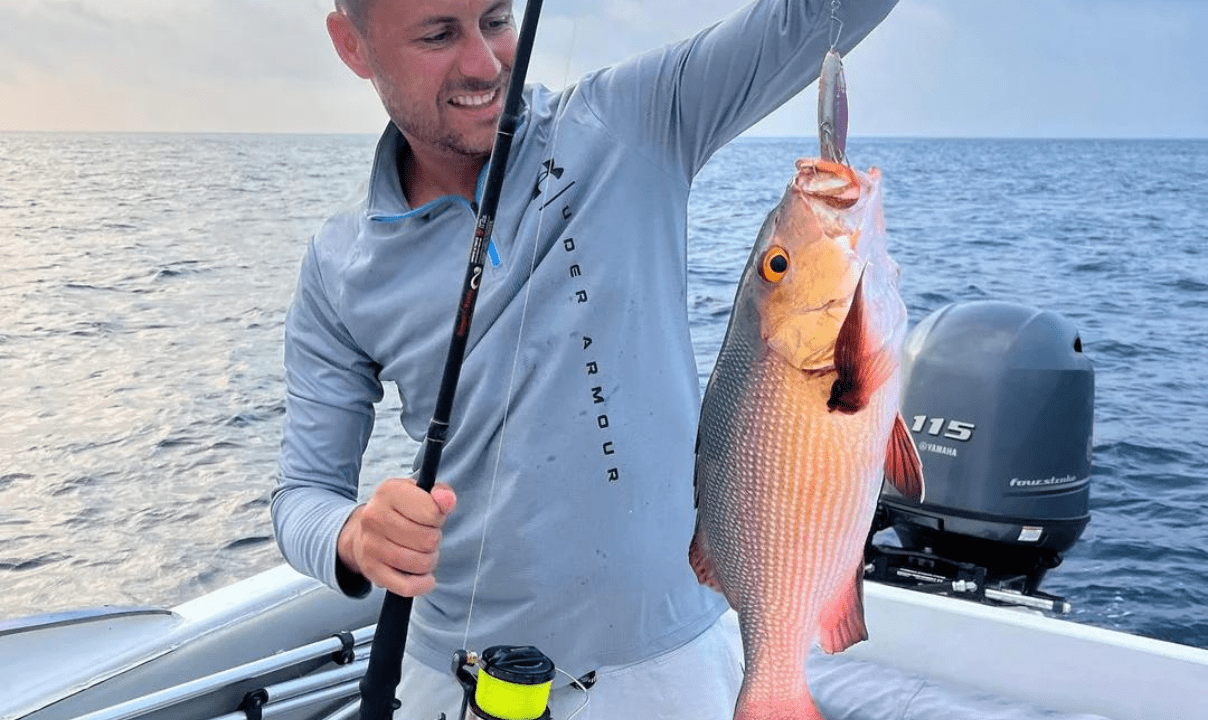When you look for a fishing reel on the Internet, you can find a lot of useful information. However, it takes a lot of time and effort to sort through it all and find the right material for your needs. Nonetheless, having the right fishing reel for the job can make or break your session as it forms the backbone of your setup, whatever you’re fishing for. By the end of this guide, you’ll know how to choose a fishing reel to suit your style of angling, wherever you fish and whatever your target species.
What is a Fishing Reel?
A fishing reel is a tool that will allow anglers of all skill levels to cast and retrieve lures and safely bring fish back to the bank. It is an essential component of a fishing setup. It’s basically used to cast and retrieve fishing lines.
Features To Consider
Frame
The frame of a fishing reel is crucial because it holds the gears and keeps them safe from the weather. The frame of a reel is made of a material that has a big effect on how heavy it is and how long it lasts. Aluminium and graphite are the two most popular materials for spinning and casting reels.
Graphite
Graphite is often used to frame both spinning and casting reels. People want to use graphite because it is light, which makes your Fishing rod and reel more balanced and sensitive. A reel with graphite housing will help anglers feel weak bites on finesse baits like in-line spinners and weightless soft plastics. This will also keep them from getting too tired after a long day of fishing. Graphite is strong and stiff, but a reel frame made of graphite is more likely to bend when loaded with gears, which could damage the gears inside.
Aluminium
When it comes to fishing reels, aluminium is a great choice because it is strong and rigid. Even though aluminium is heavier than graphite, frames made of it can still be pretty light and work well for shows that aren’t too heavy. Aluminium frames are necessary for fishing methods that need heavy lures and for fishing in thick vegetation. If you’re flipping and throwing heavy tungsten weights for bass or going after big catfish, a reel with a graphite frame will be strong enough to fight the fish and safely bring them back to the boat.
Braking System
A sound braking system on a baitcaster will help players control the spool while casting so they can make longer throws without running out of line. On a casting reel, there are two main types of brakes: magnetic and centrifugal. Since spinning reels don’t have a way to stop the line, this part will only talk about casting options.
Planning a hiking and fishing trip? Check out this blog for the best travel rods
Magnetic
Magnetic resistance is used by a magnetic braking device to slow down the spool as your lure gets closer to its target. A dial on the reel’s side plate makes it easy to change magnetic braking systems. If you raise the brakes, the spool will be under more pressure. If you lower the brakes, the reel will be able to spin more easily. Most people who are just starting out will start with a reel that has magnetic brakes because they are easy to set.
Centrifugal
Centrifugal braking system reels have brakes that stick out from the spool when the lure is thrown. By rubbing against the frame, these brakes will slow down the blade and stop backlashes. To change the braking pressure on a reel with centrifugal brakes, anglers must take off the side plate and move a set of pins on the spool.
Drag System
The drag system on a fishing reel keeps the lines from snapping when fighting violent fish, so the fish are safe to catch. Drag systems have squished washers that rub against the reel’s spool and a dial that lets you change the drag pressure based on the type of line and the size of the fish you want to catch. Drag systems are used in both spinning and casting reels. The main materials used for drag washers are carbon fibre or felt.
Felt
A felt drag washer is great for light gear and smaller fish because its fibres are softer and less dense than carbon fibre. However, one problem with felt drag systems is that they break down faster than carbon fibre ones. This means they must be replaced more often, based on how much they are used. People who fish occasionally might need to replace their drag washers at the start of each season.
Carbon Fibre
Carbon drag washers need more force to be compressed than felt ones because they last longer. Carbon fibre washers are great for fishermen who want to catch big fish like northern pike and muskie because their thick fibres can handle more pressure. However, carbon fibre drag washers aren’t great for ultralight fishing because they are too dense. They won’t let go of lines as easily as felt washers when fishing for smaller species because they need more force to be compressed.
Conclusion
These are some of the things that you should consider before choosing a fishing reel. There are, of course, more factors and elements involved, but these things will at least make work a bit easier. Although finding a good reel can be challenging, learning how to match your reel to your conditions can pay off in the long run. Still, many anglers have their preferences, and it’s important to determine what ultimately suits you best.




